Price of sacrificing young people for Iranian freedom
25-year-old Anahita Diba, who has no visa and after nearly a decade waiting has no certain future in Australia, said she felt helpless and hoped the rising death toll from the protests would not be in vain.
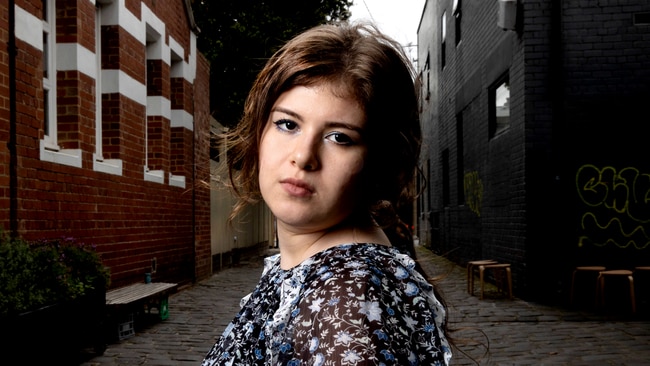
25-year-old Anahita Diba, who has no visa and after nearly a decade waiting has no certain future in Australia, said she felt helpless and hoped the rising death toll from the protests would not be in vain.
Anahita Diba has watched from Melbourne the protests engulfing her home country Iran, where hundreds have been killed and thousands arrested for defying the Islamic authoritarian regime over the past eight weeks.
She’s one of tens of thousands of women who left Iran and travelled more than 10,500km to try and find a new life in Australia.
The 25-year-old, who has no visa and after nearly a decade waiting has no certain future in Australia, said she felt helpless and hoped the rising death toll from the protests would not be in vain.
“I’m kind of happy people finally have the courage to be in the streets and stand up to the horrible treatment of women and young people,” Ms Diba said.
“(But) it’s tragic there are a lot of young people being sacrificed for this freedom. I just hope they get a good result for their courage to fight for freedom.”
The suspicious death of 22-year-old Kurdish Iranian Mahsa Amini on September 16 after she was arrested by Iran’s morality police for failing to fully cover her hair with a hijab properly has unleashed latent anger over the treatment of women and triggered protests that are now entering their eighth week.
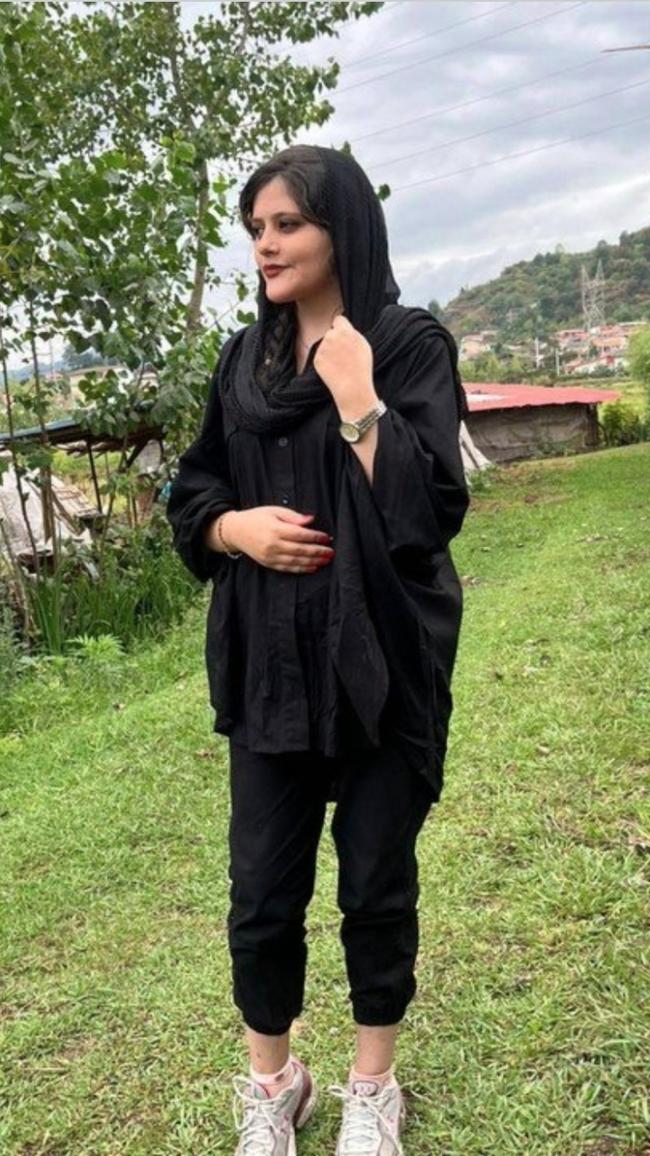
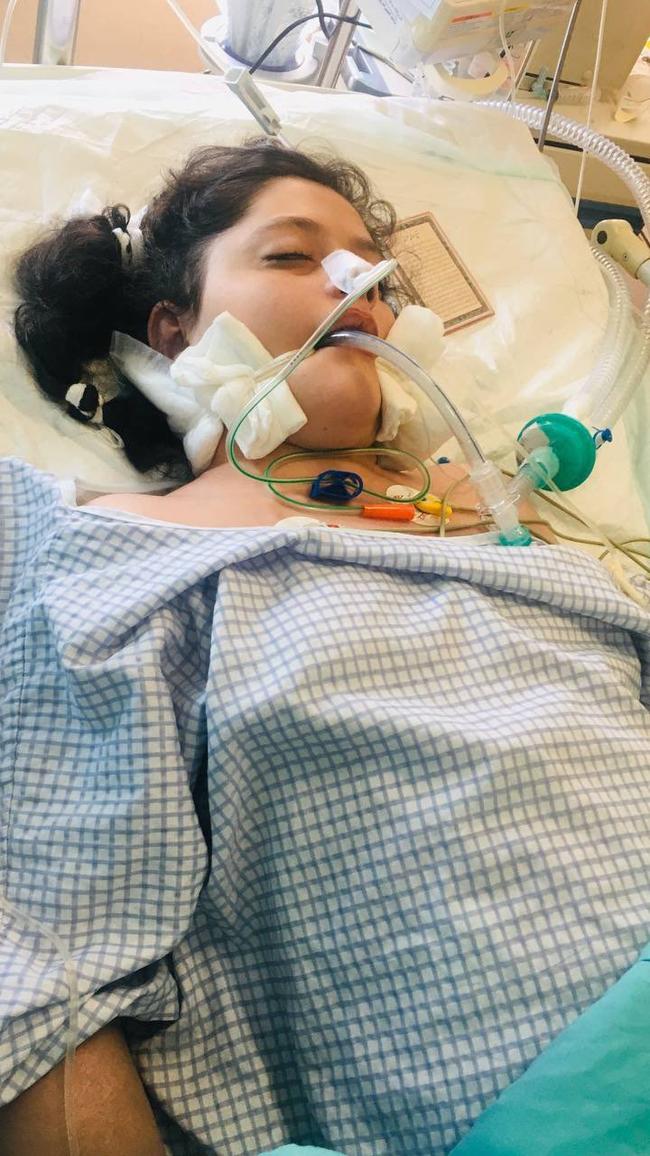
The Iranian Legal Medical Organisation, which is part of the country’s judiciary, found Amini died from multiple organ failure related to surgery she underwent when she was eight.
Her father said the body of his 22-year-old daughter was badly bruised and he denied she had a pre-existing condition but did not comment on the report.
More than 300 protesters have been killed, including 49 children, and thousands have been arrested. Supporters in Australia of the protests have been reportedly harassed by Iranian authorities.
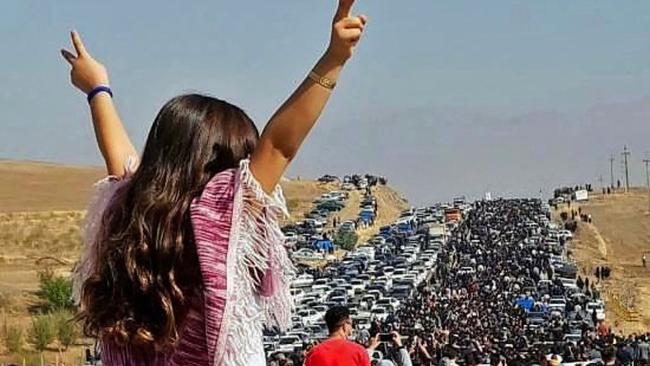
The Australian government came under renewed pressure this week to sanction Iran over the protests and Liberal senator Claire Chandler grilled Foreign Minister Penny Wong in Senate estimates over the nation’s response in senate estimates.
Senator Wong said there were pre-existing sanctions on Iran and said concerns had been raised with the Iranian embassy and the government had condemned Iran’s crackdown on the protests several times. “I do understand the call for further sanctions; we always assert publicly that sanctions remain under active consideration,” she said.
“On this and other issues you will understand no foreign minister in this forum is going to be actively speculating on potential listings.”
Ms Chandler, who is chairing an inquiry into the persecution of women and girls by Iranian authorities, told The Oz the government needed to hold Tehran to account.
“What is happening in Iran is an horrific display of authoritarian violence against women and girls, and Australia should not be lagging behind our allies in responding to it.”
Academic and author Kylie Moore-Gilbert, who spent more than 800 days in Iran’s Evin prison, said Iranian Australians were calling for tangible action from the Australian government including sanctioning officials, listing the Islamic Revolutionary Guard Corps as a terrorist organisation and addressing Iranian government infiltration domestically.
“We should do all we can to assist women and men who are fleeing Iran, particularly as the Iranian parliament has made clear that it wishes anyone arrested protesting to be charged with crimes that carry the death penalty,” she said.
Ms Diba said she had friends in Iran who’d had similar clashes to Amini with the morality police.
She hasn’t seen them or her family for nearly a decade after leaving Iran at the age of 16.
Ms Diba’s parents decided the country was too dangerous for their teen daughter because girls and women kept disappearing from their neighbourhood.
“We had a lot of neighbours who had their daughters lost or stolen,” she said. “They always found the bodies of them, they were never found alive.”
Ms Diba met her future husband, an Afghan refugee, in detention on Nauru and came to mainland Australia in 2018 under the short lived Medevac laws.
She cannot obtain a visa or a lawyer and is in limbo awaiting a decision by the Australian government on her fate.
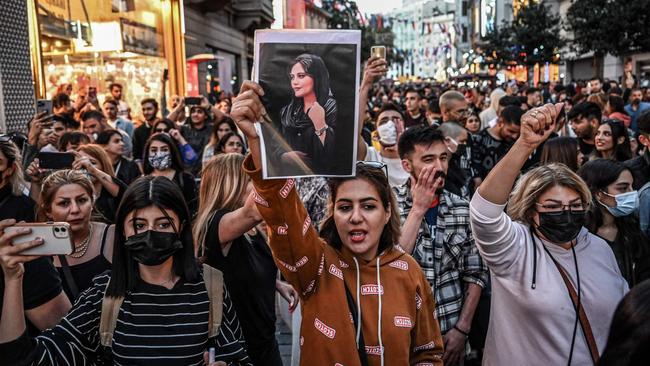
Asylum Seeker Resource Centre principal solicitor Hannah Dickinson said the situation in Iran meant women there may feared persecution for several reasons, including their gender, political opinion or religion.
She said one of the biggest problems in the protection visa system was the backlog of cases that had been allowed to mount under successive governments, which disproportionately affected women.
“Sensible visa processing time would resolve a whole cohort of issues for the government and reduce the anguish and confusion that people seeking asylum are having to bear now,” Ms Dickinson said.
There are 26,315 people waiting for a departmental decision on a protection visa application and 37,830 awaiting review before the Administrative Appeals Tribunal.



